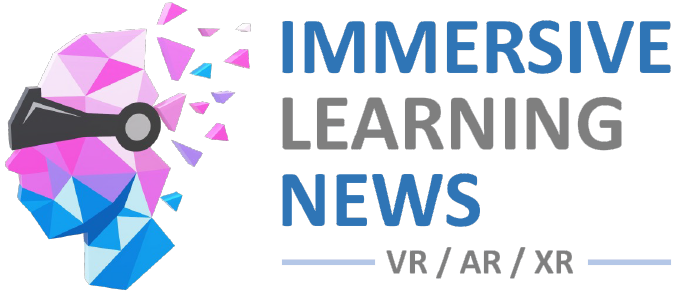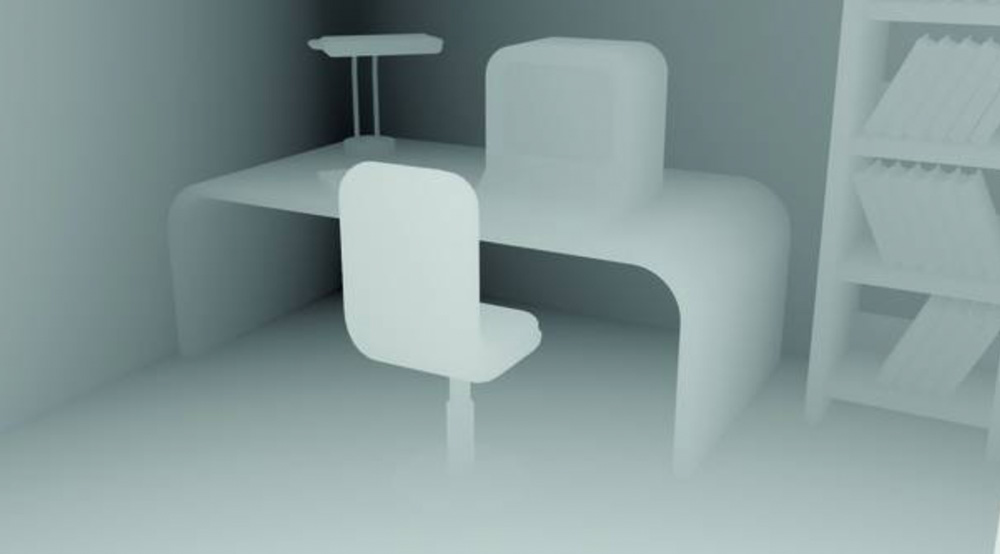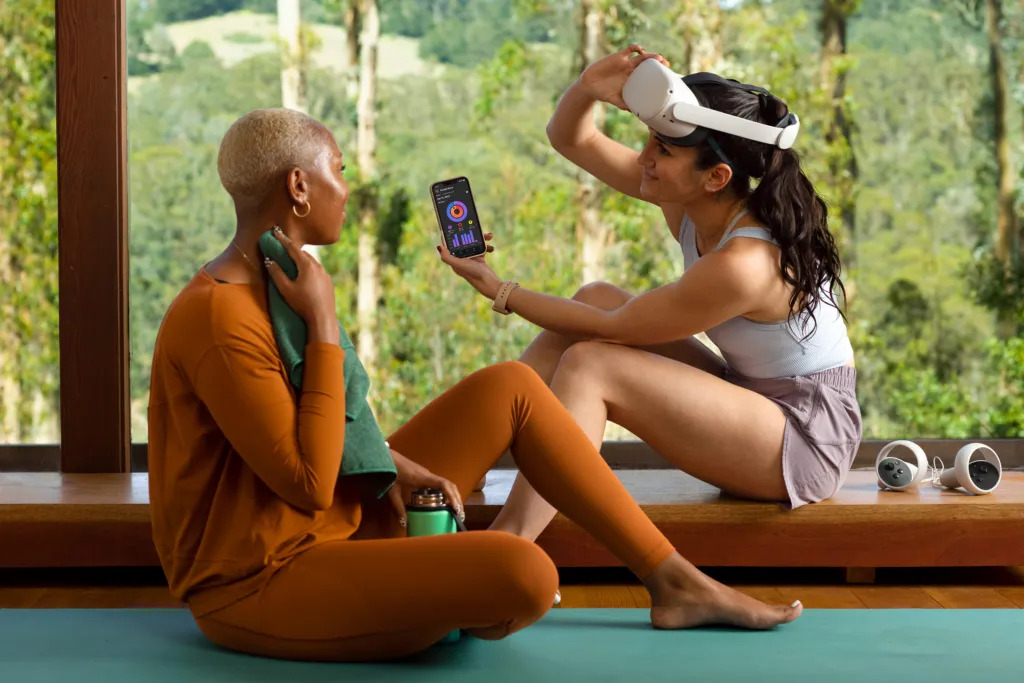In: Proceedings of the 2019 CHI Conference on Human Factors in Computing Systems. ACM International Conference on Human Factors in Computing Systems (CHI-2019) May 4-9 Glasgow United Kingdom CHI ’19 ISBN 978-1-4503-5970-2/19/05 ACM 2019.
Donald Degraen, André Zenner, Antonio Krüger
Abstrakt
Experiencing materials in virtual reality (VR) is enhanced by combining visual and haptic feedback. While VR easily allows changes to visual appearances, modifying haptic impressions remains challenging. Existing passive haptic techniques require access to a large set of tangible proxies. To reduce the number of physical representations, we look towards fabrication to create more versatile counterparts. In a user study, 3D-printed hairs with length varying in steps of 2.5 mm were used to influence the feeling of roughness and hardness. By overlaying fabricated hair with visual textures, the resolution of the user’s haptic perception increased. As changing haptic sensations are able to elicit perceptual switches, our approach can extend a limited set of textures to a much broader set of material impressions. Our results give insights into the effectiveness of 3D-printed hair for enhancing texture perception in VR.
Projekte
Weitere Links
Quelle:
https://www.dfki.de/web/forschung/projekte-publikationen/publikationen/publikation/10218/




